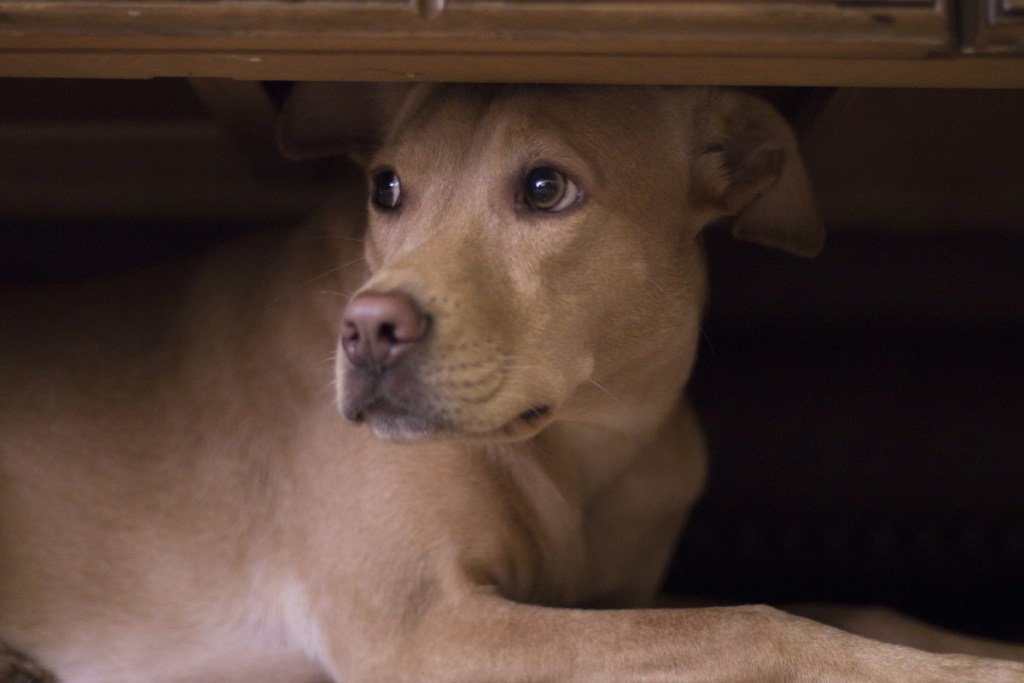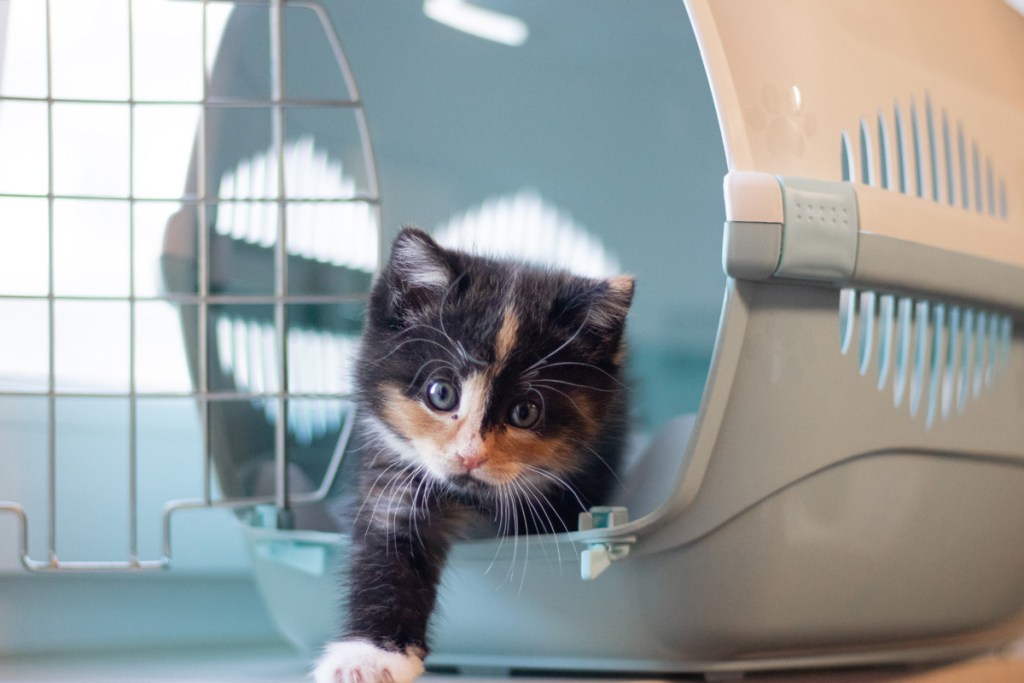No homeowner wants to think about a house fire, but when it comes to protecting your family, being proactive is the best course of action. While it’s essential to take all the steps necessary to prevent a fire, it’s also critical to be prepared in case your home does ignite. When there are pets in the home, additional steps need to be taken. You need to consider fire safety tips for your pets and what to do with them if a fire does break out.
Make sure your smoke detectors are working
Check that your smoke detectors are active. If you live in a fire-prone area or your pet spends a lot of time home alone, you should seriously consider installing monitored smoke detectors. If a fire starts, these detectors alert firefighters, who can respond and save pets when you’re not home to protect them. You can alert rescue workers that there are pets in the home by posting rescue alert stickers on the windows near your front and back doors. The stickers should include the types and number of pets in your home.
Be aware of your pets’ hiding places
If you need to evacuate your home quickly, you must know where to find your animal companions. Pay attention to where your pets go when they are stressed. Does your cat retreat behind the couch or curl up in a closet? Is the bathroom or shower stall your dog’s go-to spot during a thunderstorm? Wherever they usually hide, that’s where you’ll probably find them in the chaos of a fire. Consider keeping ID tags on your pets and make sure the contact information is current. Microchipping is a more permanent form of identification, but check annually to ensure the contact information associated with the chip is correct. If you can’t get to pets quickly or your route is blocked, do not delay your exit or endanger yourself; instead, leave and tell first responders right away that your pet is still inside.

Keep pet accessories in one place
Have a dedicated place for leashes, harnesses, and pet carriers. A closet near an exit door is a good option. Make sure the carrier is labeled with the correct contact information. It’s a good idea to check periodically that all pet accessories are in good working condition. If a fire does break out, the last thing you want is for your dog’s leash or harness to break or a cat carrier door to open due to a faulty latch. Also, prepare an emergency supply kit and keep this alongside the other accessories. It should be clearly marked and contain pet food, medication, water, a photo of your pet, and medical records.
Make sure your cats are comfortable traveling in carriers
Your cat must be comfortable with a carrier so that you can get him to safety as quickly as possible. The ASPCA offers great tips on how to teach your cat to ride in a carrier. Practice putting your cat in the carrier during fire drills, and be sure to give plenty of rewards so that he has a positive association with the carrier. If there is a fire, things outside your home will be chaotic, and your pet may be stressed and try to escape, so it’s important to keep him secure and close to you.
Plan an escape route
Identify all the exits from the home and plan your evacuation route if your house does catch fire. Think of the different scenarios — for instance, if the main exit doors are blocked, which windows can you use to escape? If you can’t use a staircase, what other options do you have for leaving the house? Think about how you would get your pets out using these alternate routes. It’s important to practice fire drills and include all family members, including your pets, say experts at American Humane, a nonprofit dedicated to the safety and welfare of animals. Make sure that everyone knows who is responsible for grabbing pets and who will retrieve the pet emergency supply bag in the event of a fire, as long as this can be done safely. While dogs and cats are the most popular pets, the ASPCA offers a roundup of special considerations when getting a wide variety of pets to safety in the event of an emergency.

Emergency care once outside the house
If your pet is injured in the fire, you need to take him to a veterinarian or emergency clinic as soon as possible. In many states, firefighters are allowed to perform emergency care on pets, but it’s also good for you to know how to help your pet. The American Red Cross offers an online first aid course for dogs and cats that prepares owners to care for their animal companions in an emergency.
Finally, you may not be able to return to your home for a while after a fire, so it’s best to have a care plan for your pets. Check to see if your local animal shelter provides emergency boarding or foster care and ask your veterinarian for referrals to reputable boarding facilities. Also, consider asking relatives or friends if they would be willing to take care of your pets temporarily in case of an emergency. Finding a safe temporary home for your pets will give you much-needed peace of mind while you work to get your family back home.



